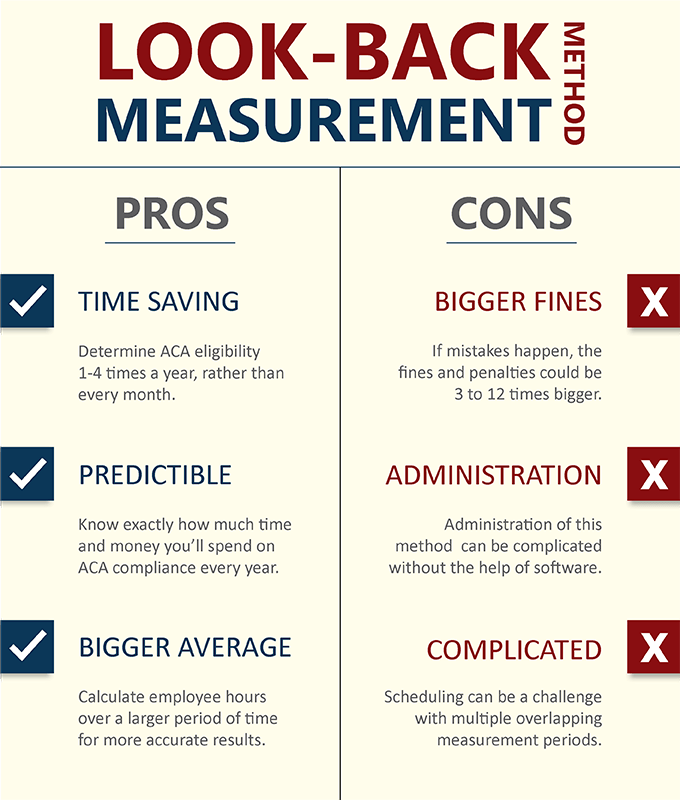

Far from being a replacement for discounted cash flow analysis, real options are an essential complement because they allow managers to capture the considerable value of being able to ruthlessly abandon floundering projects before making major investments. Managers need to integrate the two approaches if they are to make valuations that reflect the reality and complexity of their business’s growth projects. How can managers escape this dilemma? In exploring their reservations about real-option analysis as a valuation methodology, we have come to the conclusion that much of the problem lies in the unspoken assumption that the real-option and DCF valuation methods are mutually exclusive. Companies that rely on discounted cash flow analysis for valuing their projects fall inevitably into the trap of underestimating the value of their projects and consequently don’t invest enough in uncertain but highly promising opportunities. These concerns are legitimate, but we believe that abandoning real options as a valuation model is just as bad. The tools oblige managers to make many simplifying assumptions and therefore, the thinking goes, they cannot fully capture a proposal’s multifaceted risks and opportunities. This reluctance stems at least in part from a suspicion that it’s risky to apply valuation tools that have been developed for well-defined financial options to complex business projects.
#Pros and cons of the real options valuation method license#
In the worst case, they grant excessively ambitious managers a license to gamble with shareholders’ money. CFOs tell us that real options overestimate the value of uncertain projects, encouraging companies to overinvest in them. Thus, they will outperform their rivals in both the product and the capital markets.įor all their theoretical attractiveness as a way to value growth projects, real options have had a difficult time catching on with managers.

Using an integrated approach, managers will, in the long run, select better projects than their more timid competitors while keeping risk under control. In this article, the authors present a simple formula for combining DCF and option valuations that addresses these two problems. It’s also true that option valuations almost always ignore assets that an initial investment in a subsequently abandoned project will often leave the company.

As currently applied, they focus almost exclusively on the risks associated with revenues, ignoring the risks associated with a project’s costs. This is not to say that there aren’t problems with real options.

DCF captures a base estimate of value real options take into account the potential for big gains. Far from being a replacement for DCF analysis, real options are an essential complement, and a project’s total value should encompass both. Companies that rely solely on discounted cash flow (DCF) analysis underestimate the value of their projects and may fail to invest enough in uncertain but highly promising opportunities.ĬFOs need not-and should not-choose one approach over the other. This concern is legitimate, but abandoning real options as a valuation model isn’t the solution. Many CFOs believe the method ensures the overvaluation of risky projects. As a way to value growth opportunities, real options have had a difficult time catching on with managers.


 0 kommentar(er)
0 kommentar(er)
